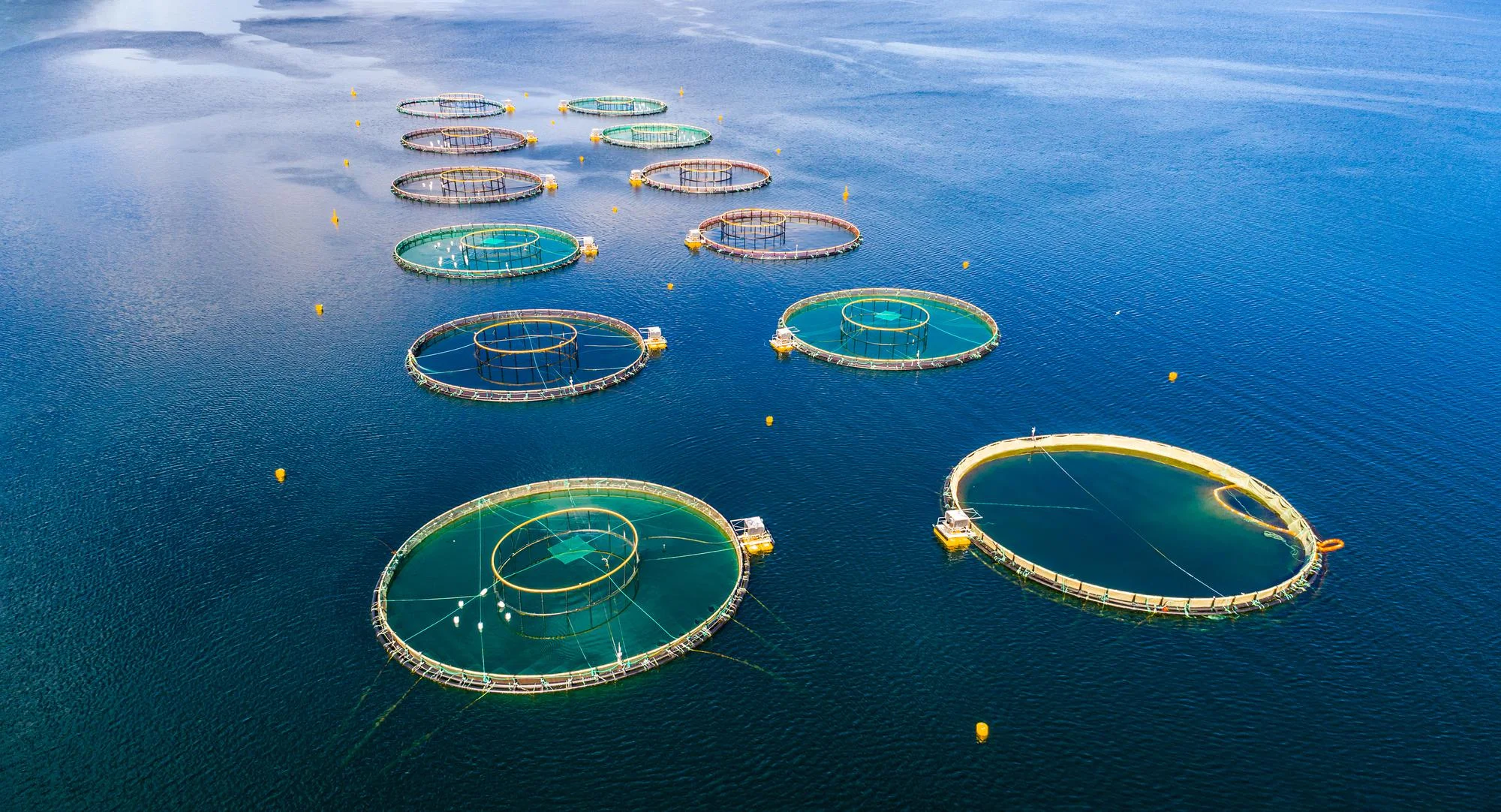Introduction
Aquaculture, the farming of aquatic organisms such as fish, shellfish, and algae, has become a critical component of global food security as demands for sustainable protein sources rise. As the industry progresses, genetic studies using genome-wide single nucleotide polymorphisms (SNPs) have gained momentum. Thanks to the advent of high-throughput sequencing technologies, researchers have been able to correlate genetic information with desirable traits, thereby enhancing breeding programs. However, to suit the dynamic needs of aquaculture studies, genotyping technologies require high flexibility in sample and SNP counts as well as high repeatability. A recent study published in ‘Scientific Reports’ demonstrates a commendable genotyping methodology based on target amplicon sequencing that meets these demands, leading aquaculture into a new era of precision breeding.
Main Body
A paper by Mana Sato et al., from the Fisheries Laboratory at the University of Tokyo, corroborates a new application of the genotyping method – ultrahigh-multiplexed amplicon sequencing (Ion AmpliSeq) integrated with Illumina’s next-generation sequencing technology (MiSeq sequencer). In their research, a custom panel targeting 3,187 genome-wide SNPs of fugu (Takifugu rubripes) was established for the study of farmed fugu genetics. The outcomes of this method display a striking potential for enhancing aquaculture breeding and genetic studies (DOI: 10.1038/s41598-019-43336-x).
The meticulous design of the custom panel for fugu and the procedures of this genotyping technique are laid out in the report. In total, over 99% of target regions were successfully amplified, and after filtering, a significant number (2,655) of SNPs were available for analysis. Notably, duplicating the sequencing runs yielded a high correlation in coverage depth, underscoring the repeatability of the method. The study affirmed the capability of the developed genotyping method to accurately detect the known population structure and sex-determining locus in fugu. These outcomes signify the proficiency of this approach in facilitating genetics-based decisions in aquaculture.
The study paves the way for more sophisticated molecular breeding techniques, such as marker-assisted selection and genomic selection, which rely on robust and repeatable genotyping methods (Jones MR, Good JM. Targeted capture in evolutionary and ecological genomics. Mol. Ecol. 2016;25:185–202. DOI: 10.1111/mec.13304). Previous approaches, such as RAD sequencing, though useful, have biases such as allelic dropout and reduced ability to detect SNPs in low-coverage regions (Graham CG, et al. Impacts of degraded DNA on restriction enzyme associated DNA sequencing (RADSeq) Mol. Ecol. Resour. 2015;15:1304–1315. DOI: 10.1111/1755-0998.12404). By adopting the latest advancements as suggested by Sato et al., the fidelity and efficacy of breeding programs are significantly improved.
This methodology holds immense promise for the aquaculture industry, addressed by authors such as Leaché AD & Oaks JR in their work on the utility of SNP data in phylogenetics, reinforcing the importance of genetic diversity in breeding programs (Annu. Rev. Ecol. Evol. Syst. 2017;48:69–84. DOI: 10.1146/annurev-ecolsys-110316-022645). Moreover, the study by Sato et al. elegantly aligns with current trends in genomics that aim to boost the fortification of breeding stocks with desirable attributes such as disease resistance, growth rate, and environmental adaptability.
The impact of such a genotyping method extends beyond fundamental research and into commercial applications, as noted by Robledo et al., highlighting the significance of genotyping by sequencing in aquaculture for practical breeding enhancements (Rev. Aquac. 2017;10:670–682. DOI: 10.1111/raq.12193). By furthering the implementation of genomic selection within the industry, breeders can more efficiently select for favorable traits, ultimately enhancing production rates and reducing environmental impacts.
Furthermore, the methodology dovetails with the objectives set forth by genetic mapping studies, such as those conducted by Kai et al., which stress the importance of detailed genetic maps for making informed selections within breeding programs (Genetics. 2005;171:227–238. DOI: 10.1534/genetics.105.042051). The use of SNP-based genotyping lends accuracy to such maps, augmenting the potential to elucidate complex genetic traits within aquaculture species.
Conclusion
The groundbreaking methodology elucidated by Sato et al. in ‘Scientific Reports’ is a testament to the evolution of genotyping technologies geared towards precision aquaculture practices. This highly flexible, repeatable approach using targeted amplicon sequencing and next-generation sequencing technology heralds a future where genomics can offer a roadmap to optimize breeding strategies, thus meeting the world’s escalating demands for aquaculture products.
With these technological strides, aquaculture can progressively move towards a genetically informed and sustainable route, securing its position as a linchpin in the global food supply chain. The study’s integrity and value are reflected in its DOI, 10.1038/s41598-019-43336-x, further affirming its credibility and significance within the broader scientific community.
Keywords
1. Aquaculture genotyping methods
2. SNP genetic studies
3. Next-generation sequencing
4. Selective breeding technology
5. Amplicon sequencing aquaculture
References
1. Sato M, Hosoya S, Yoshikawa S, et al. A highly flexible and repeatable genotyping method for aquaculture studies based on target amplicon sequencing using next-generation sequencing technology. Sci Rep. 2019;9(1):6904. doi: 10.1038/s41598-019-43336-x.
2. Jones MR, Good JM. Targeted capture in evolutionary and ecological genomics. Mol Ecol. 2016;25(1):185-202. doi: 10.1111/mec.13304.
3. Graham CG, Borevitz JO, van Dijk T, et al. Impacts of degraded DNA on restriction enzyme assocfiated DNA sequencing (RADSeq). Mol Ecol Resour. 2015;15(6):1304-1315. doi: 10.1111/1755-0998.12404.
4. Leaché AD, Oaks JR. The utility of single nucleotide polymorphism (SNP) data in Phylogenetics. Annu Rev Ecol Evol Syst. 2017;48:69-84. doi: 10.1146/annurev-ecolsys-110316-022645.
5. Robledo D, Palaiokostas C, Bargelloni L, et al. Applications of genotyping by sequencing in aquaculture breeding and genetics. Rev Aquac. 2017;10(4):670-682. doi: 10.1111/raq.12193.
